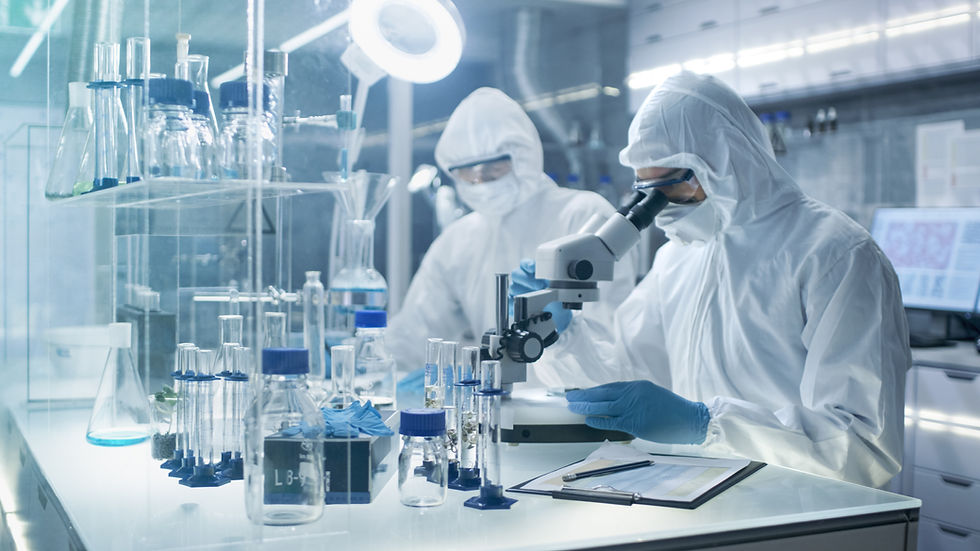
The pharmaceutical industry is always in the top five when we count the essential sectors in any context. Yes, indeed, it is associated with our lives. Whether it is a public or private organization, the pharma industry aims to produce high-quality drugs that save lives.
It is an industry based on scientific research and the development of drugs that prevent and treat ailments. With the advancement in scientific and technological space, the discovery and development of pharmaceuticals have become fast. More advanced, more effective drugs with fewer side-effects are being introduced.
The pharma manufacturing process is well-defined and structured. Quality norms are followed at every stage.
Pharmaceutical Manufacturing Steps
When the manufacturing process is continuous, The flow of raw material and energy feed must remain constant. Similarly, the extraction of the output products is also continuous. Hence, the material flow rate is a critical parameter. Feeders designed for the pharma industry are special. These feeders bring higher reliability and higher feed rate accuracy. The interruptions are minimal.
The blending of non-active ingredients
Several non-active ingredients are blended with active ingredients to make the final blend. This mixture has to be 100% accurate and precise. Some of the non-active ingredients are particle size distribution, particle form, moisture, roughness and cohesion of particles, and so on.
Milling
To reduce the average particle size of the drug powder; it is mandatory to use the milling process. When the drug powder is milled, it increases the dosage uniformity and solubility. When the lends are milled repeatedly, they enhance the manufacturability of the blend.
Granulation
Two types of granulation are there- wet granulation and dry granulation. We can say that it is the opposite process of milling. Here, small particles are joined together to form larger particles. When granules that contain all of the ingredients are created, the flow characteristics of powder increases. The compaction properties increase by granulation, which is good for tablet formation.
Hot-melt extrusion
This process is mainly used in the processing of solid oral dose. Drugs that have poor solubility and bioavailability can be delivered well when the hot-melt extraction process is used. In this process, pressure, heat, and agitation are applied to the mixture. It is extruded through a tool die. High shear extruders break and blend the material simultaneously.
Cooling
Various measures are used by pharmaceutical companies to reduce the temperature of the mix. Based on the protocols of the manufacturing process, an appropriate cooling process is selected. These are some important and necessary steps involved in the production of medicines.
Comments